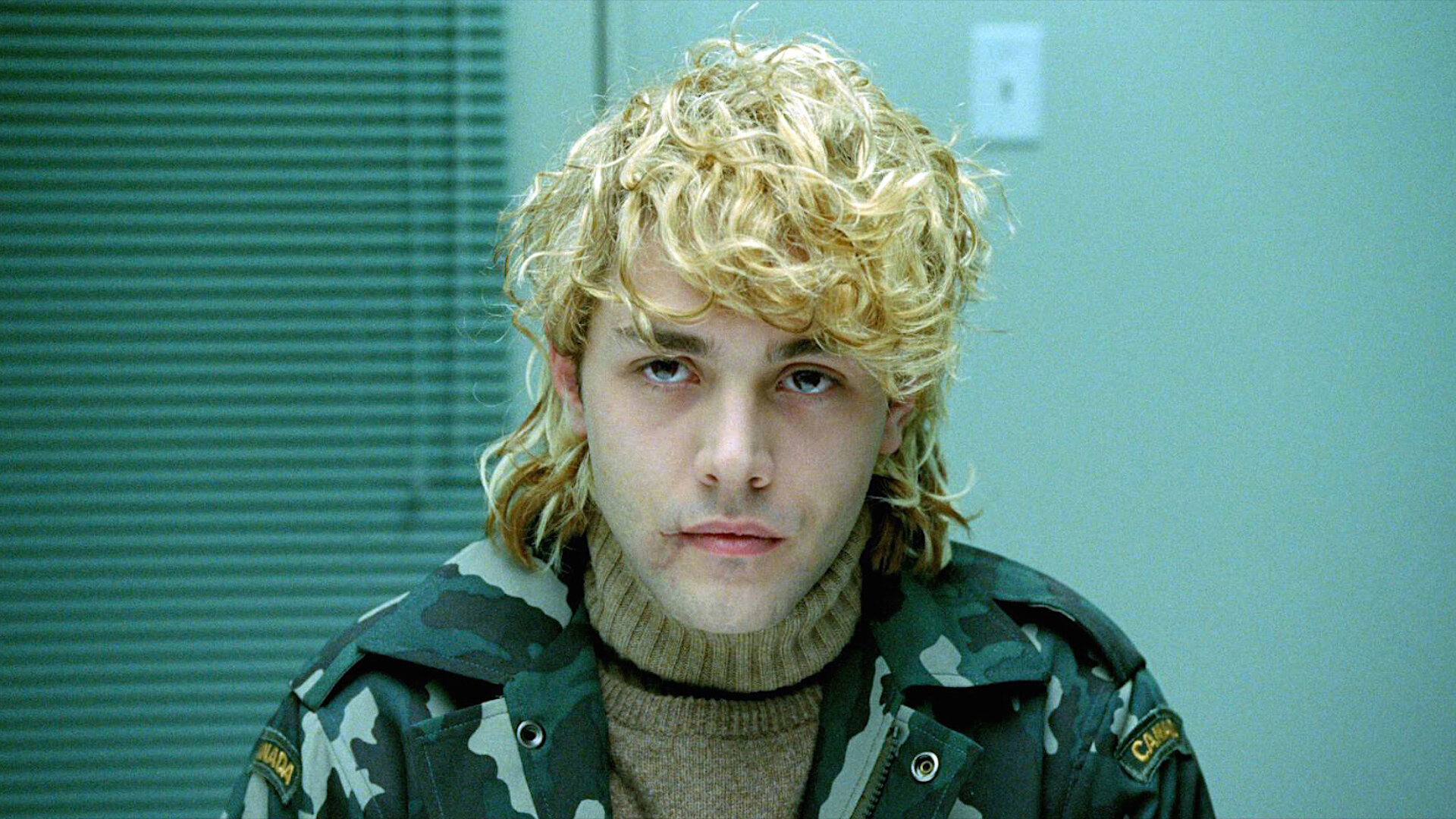The Works of Xavier Dolan: Tom at the Farm
Tom at the Farm takes a departure from the romance in Xavier Dolan's previous films to deliver a film riddled with suspense and deceit. Also unlike Dolan's other films, this film is a play adaptation by the co-writer of the film, Michel Marc Bouchard. Though not as engaging as it could have been, Dolan uses effective tone, score, design, and editing to portray the dangers involved in an abusive relationship.
Instead of taking place in the busy and vibrant streets of Montreal, Tom at the Farm centers around a small and nearly-vacant farm town somewhere in Quebec. Tom (Dolan) travels to this town to attend the funeral of his late boyfriend, who remains unnamed in the film. There, he becomes involved in a psychosexual relationship with his late boyfriend's older brother, Francis (Pierre-Yves Cardinal), who runs the family farm. Just like the other residents in the town, Francis harbors dark secrets about himself and his family. The longer Tom stays at this farm, the more engrossed he becomes in Francis's violent and disturbed nature.
Along with a departure in genre, Dolan experiments in tone, costume design, film score, and editing. All these elements work together to convey to the audience a sense of dread. The tone in this film is generally dark and uncomfortable, unlike in his previous films, which were more lighthearted. Much of Francis's motivations for his actions are not explained, adding to the tension. The orchestral score - contrasting with the indie pop music used in his previous films - contributes to this unease. No romantic montages are employed in this film.
The tone is also reflected in the costume design. Dolan did the costume design in this film, along with in his previous films. However, while the costumes previously were pristine, brightly-colored, and vintage, the clothes in this film are drab, worn-in, and stained from farm work. Therefore, many of the characters tend to blend into the background. The only bright and warm colors shown are during Tom's flashback of his boyfriend at a karaoke bar.
Two effective editing techniques Dolan uses that contribute to the theme are his use of the film's aspect ratio and his playing with temporality. In most films, the aspect ratio remains consistent. However, in certain scenes of this film, Dolan manipulates this aspect ratio to drive up tension. For example, when Tom is being strangled by Francis, the black bars on the top and bottom of the screen inch closer and closer to the center. This technique constricts the audience's vision to just Tom's face, intensifying his fear. Another editing technique employed was a manipulation of the film's concept of time. We are not given much indication as to how long Tom is actually at the farm. He completely focuses on the grueling nature of the farm work and Francis's emotions and behavior. He makes little effort to distance himself from this unstable environment. The only reason we know Tom stays for at least three weeks is because his coworker mentions it in passing when she comes to help him leave the town. At this point, Tom has become absorbed in Francis and loses perception of time, just as the audience through watching the film.
Like in Heartbeats, Dolan explores the idea of losing oneself while chasing an unattainable romantic partner. However, while the stakes in Heartbeats are mere embarrassment and low self-esteem, Tom at the Farm possesses threats of violence and abuse. Francis uses Tom as a way to deal with his brother's death, and does not respect the feelings of Tom in the process. Tom, likewise, accepts this abuse because of his own disillusionment and grief. Just as he is physically trapped in the farm town (there is limited transportation and the area is surrounded by corn fields), he also feels that he cannot escape Francis' emotional turmoil. Tom only seems to be drawn to Francis for superficial reasons and tries to justify his situation by occupying himself with the perfunctory nature of the farm work. Even when his friend visits the farm to try to get him to leave, Tom pushes her away, saying that he must perform farm duties instead. In reality, he does not want to face the gravity of his situation and uses farm work as a distraction.
By departing from his usual themes and cinematography, Xavier Dolan shows his depth as a filmmaker: few films can maintain this level of suspense consistently. However, in general, the film was not as emotionally engaging compared to his other films. This is most likely because Tom at the Farm is an adaptation of a previous work and because the film was not solely written by Dolan. I understand and appreciate many elements of the film, but it did not grab me emotionally as much as Heartbeats did in particular. What I liked about that movie was that it had a lot more subtleties in terms of its theme, and it really seemed like this was a subject that Dolan knew very well. Tom at the Farm did not have that kind of insight - though his cinematography and editing tend to make up for it.
